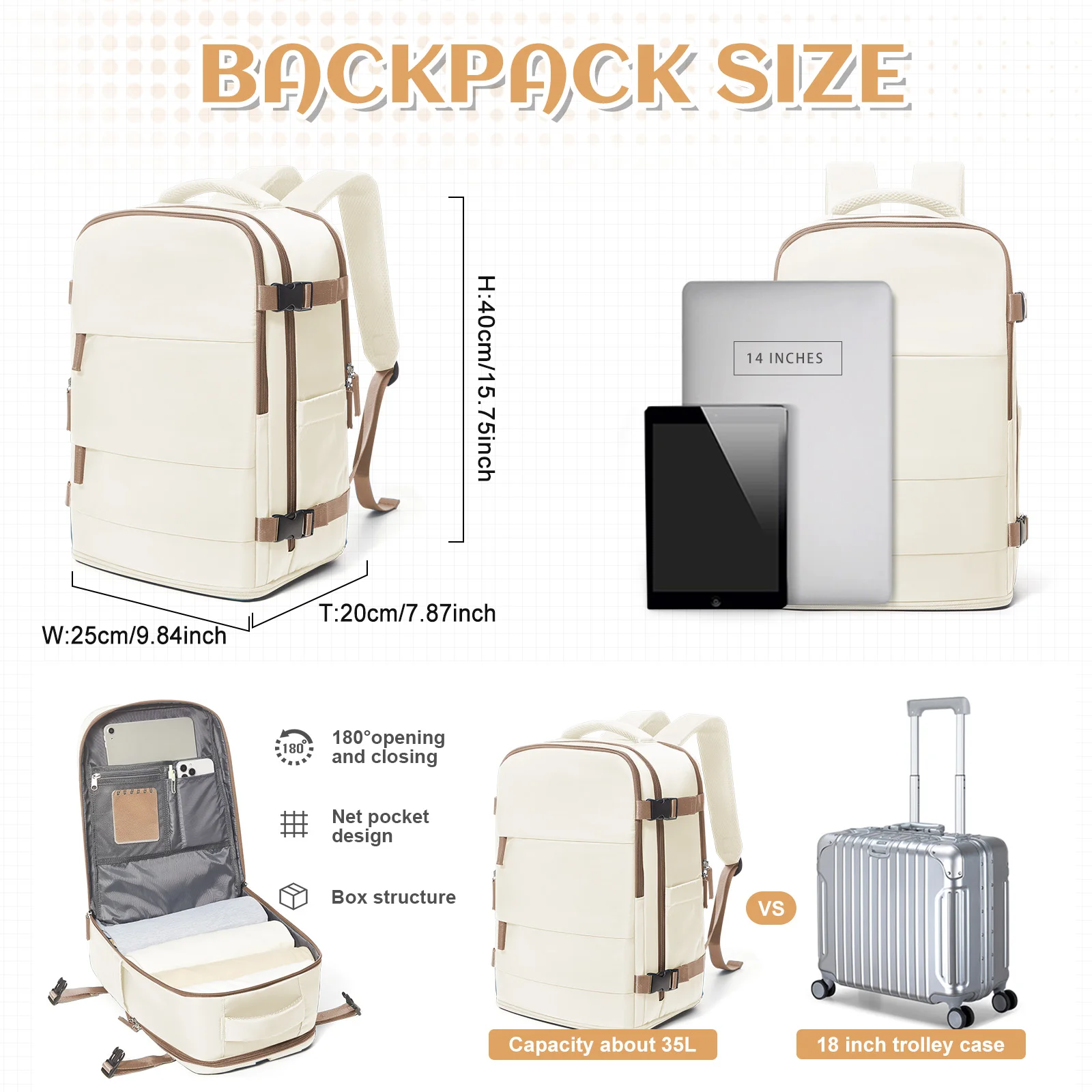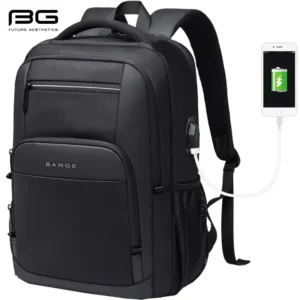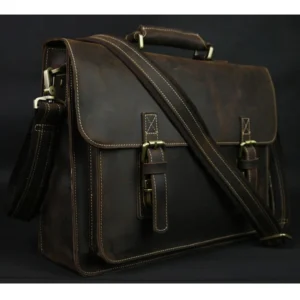Introduction to Backpack Design and Posture
Back, neck, and shoulder pain has become an increasingly common complaint among backpack users of all ages. Studies show that nearly 85% of students report discomfort related to backpack use, with over 60% experiencing recurring back pain. This widespread issue isn’t just about carrying too much weight—the design of your backpack plays a crucial role in how that weight affects your body.
The relationship between backpack design and posture is more significant than most people realize. Even a well-packed backpack with poor ergonomic features can force your spine into unnatural positions, creating strain that leads to both immediate discomfort and potential long-term health issues.
Whether you’re a student carrying textbooks, a professional commuting with a laptop, a traveler exploring new destinations, or a hiker traversing trails, the way your backpack is designed directly impacts your posture and overall spine health. Selecting the right backpack goes far beyond style preferences or storage capacity—it’s a decision that affects your physical wellbeing every time you wear it.
In this guide, we’ll explore how backpack mechanics affect your spine, identify harmful design flaws, highlight essential ergonomic features, and provide practical advice for maintaining proper posture. Regular leather conditioning and waterproofing also plays an important role in maintaining the supportive structure of quality leather backpacks throughout their lifespan.
The Biomechanics of How Backpacks Affect Your Spine
When you put on a backpack, your body’s center of gravity immediately shifts. A properly designed backpack distributes weight evenly across your back, allowing your spine to maintain its natural S-curve. However, when weight is poorly distributed, your body must compensate to maintain balance.
This compensation typically involves leaning forward to counterbalance the weight pulling backward. For every inch your head moves forward from its ideal alignment, the effective weight on your spine increases by 10 pounds. This means a 10-pound backpack can create 20-30 pounds of pressure on your spine when worn incorrectly.
Your spine naturally forms an S-shape with three curves: cervical (neck), thoracic (mid-back), and lumbar (lower back). These curves work together as a shock-absorbing system. When a backpack pulls your body out of alignment, these curves become exaggerated or flattened, forcing muscles to work harder and creating stress on vertebral discs.
Common postural deviations from improper backpack use include:
– Forward head posture (head jutting forward)
– Rounded shoulders (shoulders rolling inward)
– Increased lumbar lordosis (excessive curve in lower back)
– Compensatory muscle tension in the upper back and neck
Learning how to wear your backpack to prevent back pain is essential, especially when using heavier bags like leather travel backpacks that might carry more items during journeys.
Common Backpack Design Flaws That Damage Posture
Many backpacks on the market contain design flaws that can negatively impact your posture and spinal health:
One-size-fits-all approach
– Backpacks not sized to individual torso length force unnatural positioning
– Lack of adjustability prevents proper fit for different body types
– Generic sizing leads to improper weight placement on the spine
Inadequate padding
– Thin shoulder straps that dig into muscles and potentially compress nerves
– Insufficient back panel padding that fails to cushion the spine
– Hard or rigid materials that don’t conform to the body’s natural curves
Poor strap design
– Narrow straps that concentrate pressure on smaller areas
– Non-adjustable straps that prevent proper positioning
– Straps that are too short to allow proper positioning on the back
Missing stability features
– Absence of chest (sternum) straps leaves the load unstable
– Lack of waist belts means shoulders bear entire weight burden
– No load-lifter straps to keep weight close to the back
Compartment problems
– Single large compartments that allow contents to shift unpredictably
– No dedicated spaces for heavy items to be placed optimally
– Poor weight distribution from front-loaded designs
Proper maintenance like following the ultimate guide to conditioning leather backpacks helps preserve the ergonomic qualities of high-quality bags like men’s leather backpacks over time, ensuring they continue providing the support your spine needs.
Essential Ergonomic Features for Posture-Friendly Backpacks
When selecting a backpack that supports proper posture, look for these essential ergonomic features:
Wide, padded shoulder straps
The ideal shoulder straps should be at least 2 inches (5 cm) wide with substantial padding. This width distributes pressure across a larger area, preventing the straps from digging into muscles and nerves. High-quality padding compresses gradually under weight, providing cushioning without bottoming out during extended wear.
Contoured back panel
A well-designed back panel follows the natural curve of your spine rather than forcing it straight. Look for panels with ergonomic padding that supports both the lumbar region and the upper back, with a slight inward curve that maintains your spine’s natural position.
Sternum strap
This seemingly small feature plays a major role in posture support by preventing shoulder straps from sliding outward. When properly positioned across the middle of the chest, a sternum strap helps distribute weight evenly across both shoulders and keeps the pack centered on your back.
Padded hip belt
Perhaps the most important ergonomic feature is a substantial hip belt that transfers 60-80% of the backpack’s weight from your shoulders to your hips. The human pelvis is designed to carry weight much more efficiently than the shoulders and spine. Proper hip belts should be padded, adjustable, and wide enough to distribute pressure comfortably.
Strategic compartmentalization
Multiple compartments allow for intentional weight distribution. The best backpack designs position heavier items close to your center of gravity, with compartments that keep these items fixed in place rather than shifting during movement.
Lightweight, durable materials
The intrinsic weight of the backpack itself matters significantly. Advanced materials can provide durability while minimizing the base weight you carry before even adding contents. Proper leather maintenance for commuters ensures that premium leather travel backpacks maintain their supportive structure while minimizing unnecessary weight.
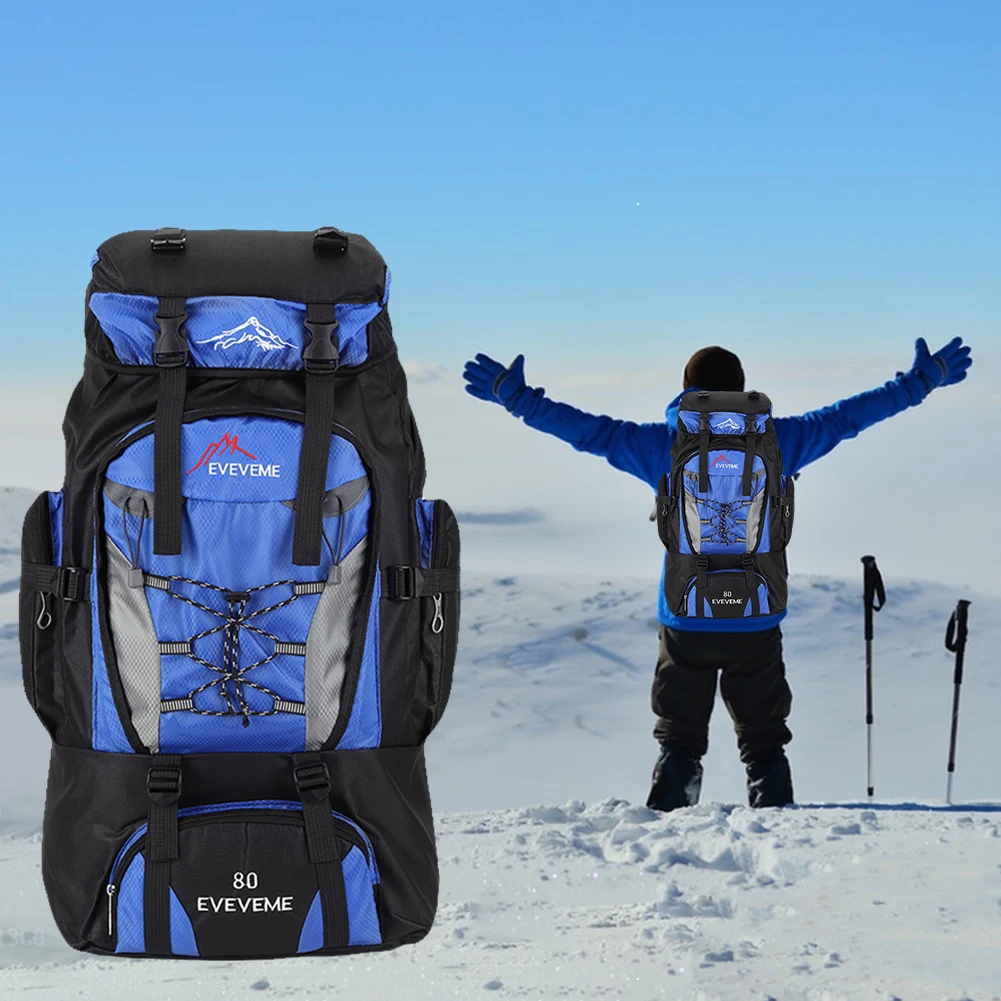
How to Select a Posture-Supporting Backpack
Finding the right backpack starts with understanding your unique body dimensions. Here’s how to select a backpack that supports proper posture:
Measure your torso length
1. Stand straight with your chin parallel to the floor
2. Find your C7 vertebra (the bony protrusion at the base of your neck when you tilt your head forward)
3. Locate the top of your hip bones (iliac crest)
4. Measure the distance between these two points—this is your torso length
Match measurements to backpack specifications
– Small torso: 15-17 inches (38-43 cm)
– Medium torso: 17-19 inches (43-48 cm)
– Large torso: 19-21+ inches (48-53+ cm)
Test the backpack fit
– When properly positioned, the bottom of the backpack should rest in the curve of your lower back, just above your buttocks
– The top should sit 1-2 inches below your shoulders, never extending above your neck
– Shoulder straps should wrap comfortably without gaps or pinching
– With the hip belt fastened, you should be able to fit two fingers between the strap and your body
Different activities require specialized considerations. For school and work, prioritize organizational features and laptop protection. For hiking, focus on stability features and weight distribution. For daily commuting, balance comfort with professional appearance.
Understanding how to pack a backpack evenly is just as important as selecting the right design, especially when choosing from premium options like men’s leather laptop backpacks that offer both style and ergonomic support.
Proper Backpack Wearing and Packing Techniques
Even the most ergonomically designed backpack can cause posture problems if worn or packed incorrectly. Follow these guidelines to optimize your backpack use:
Always use both shoulder straps
Never carry your backpack using just one strap, as this creates severe imbalance in your spine and shoulder muscles. Single-shoulder carrying forces your body to lean to the opposite side to counterbalance, creating muscle strain and postural deviation.Adjust straps for proper positioning
The bottom of your backpack should sit at your waist level, not sagging down toward your buttocks. Adjusting backpack straps properly ensures weight stays close to your center of gravity. Tighten shoulder straps until the pack feels secure against your back but not so tight that it pulls your shoulders backward.Follow the 10-15% weight rule
Your packed backpack should weigh no more than 10-15% of your body weight. For example:
– 120 lb person: maximum backpack weight of 12-18 lbs
– 150 lb person: maximum backpack weight of 15-22 lbs
– 180 lb person: maximum backpack weight of 18-27 lbsPack strategically for weight distribution
Place the heaviest items closest to your back and centered between shoulder blades. Medium-weight items should go in the middle compartments, while the lightest items belong in the outermost pockets. This keeps the center of gravity close to your body.Lift correctly
When picking up your backpack, bend at the knees rather than the waist, keeping your back straight. Lift with your legs while keeping the pack close to your body, then slip on one strap at a time.
Premium leather laptop backpacks often include ergonomic features designed to distribute the weight of technology devices properly, making them ideal for daily computer transport without sacrificing posture support.
Special Considerations for Children and Students
Children deserve special attention when it comes to backpack selection because their growing spines are more vulnerable to postural stress. The effects of poor backpack habits during development can potentially lead to lifelong postural problems.
For children and students, follow these more conservative guidelines:
- Weight restriction: Backpack weight should not exceed 10% of a child’s body weight (stricter than the adult guideline of 10-15%)
- Size appropriateness: The backpack should be proportional to the child’s size, never wider than their torso
- More frequent adjustments: As children grow rapidly, backpack fit should be checked and adjusted monthly
- Strategic school planning: Encourage using lockers between classes rather than carrying all books all day
- Textbook management: When possible, use digital alternatives or keep a second set of textbooks at home
Warning signs that a child’s backpack is causing problems include:
– Struggling to put on or take off the backpack
– Forward leaning posture when wearing the backpack
– Red marks or indentations on shoulders after removing the backpack
– Complaints of tingling or numbness in arms
– Difficulty standing up straight after wearing the backpack
Small leather backpacks provide appropriate sizing options for younger users or those who need to carry lighter loads while maintaining proper posture support.
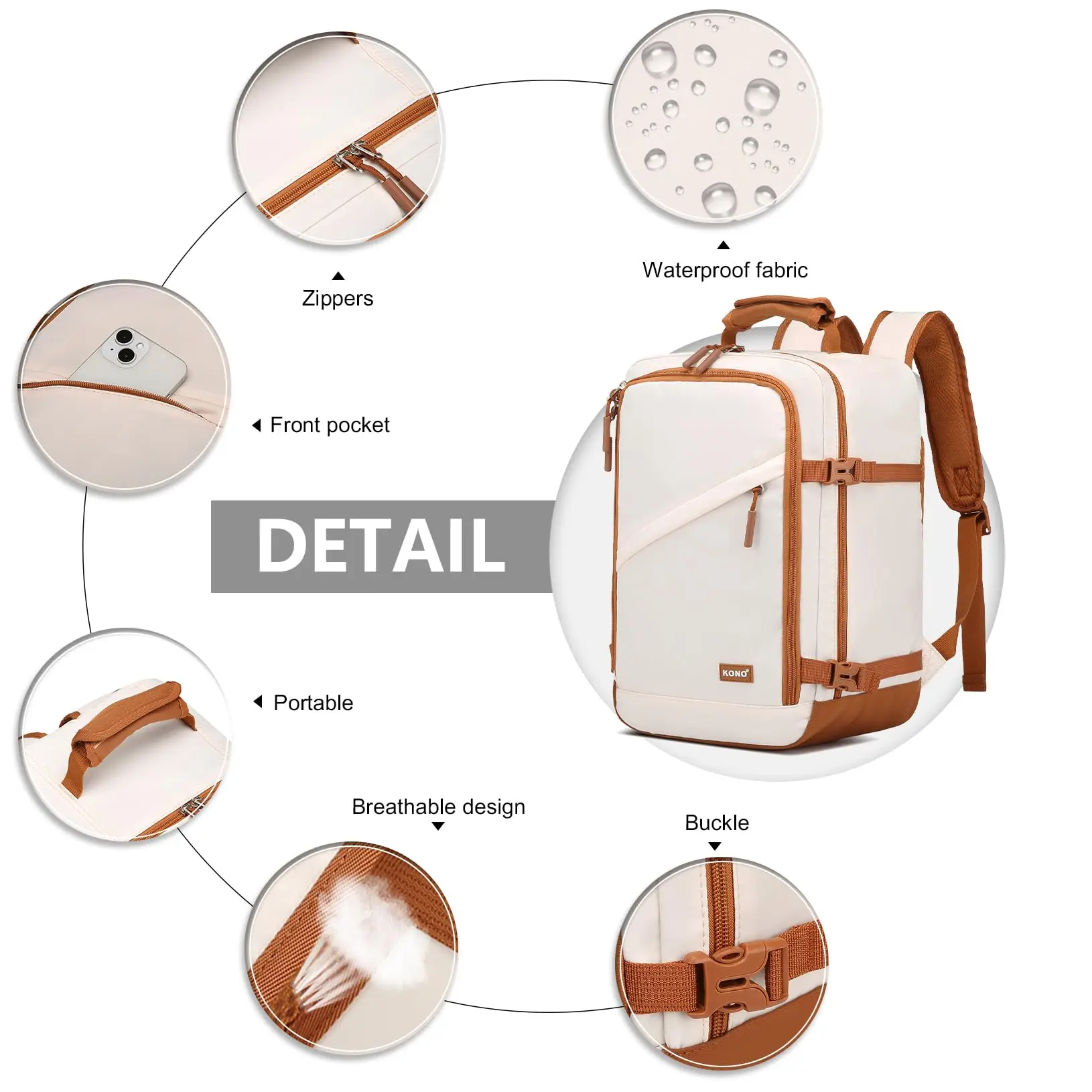
Recognizing Signs of Backpack-Related Posture Problems
Being aware of early warning signs can help you address backpack-related posture issues before they become chronic problems:
Pain patterns to monitor
– Persistent aching in the shoulders, upper back, or lower back
– Pain that develops during backpack use and subsides after removing it
– Neck stiffness or pain that worsens throughout the day
– Headaches that begin at the base of the skull and radiate forward
Visible postural changes
– Uneven shoulder height when standing naturally
– Forward head position (ears aligned ahead of shoulders)
– Increased rounding of upper back (thoracic kyphosis)
– One shoulder rotating forward more than the other
Nerve impingement symptoms
– Tingling or “pins and needles” sensation in arms or hands
– Numbness in specific areas of shoulders, arms, or hands
– Burning sensation along nerve pathways
– Weakness in grip or arm movements
Muscle adaptations
– Tight chest muscles (pectorals) and weak upper back muscles
– Tender “trigger points” in trapezius muscles (upper shoulders)
– Reduced neck range of motion, especially when turning
– Increased tension in lower back muscles
Consider regularly evaluating your posture in a mirror or having someone photograph your standing position from the side and back. Compare these images over time to detect subtle changes in your spinal alignment.
Leather backpacks designed with proper weight distribution features can help prevent many of these postural problems when selected and worn correctly.
Long-Term Health Impacts of Poor Backpack Design
The consequences of poor backpack habits extend far beyond temporary discomfort. Research shows that repeated stress on the spine from improper backpack use can contribute to several long-term health issues:
Chronic musculoskeletal disorders can develop from persistent muscle imbalances. When certain muscles are consistently overworked while others weaken from disuse, this creates postural patterns that become increasingly difficult to correct over time. Studies published in the Journal of Physical Therapy Science have linked prolonged poor backpack habits to persistent forward head posture and rounded shoulders even when not wearing a backpack.
Spinal misalignment concerns include the potential for contributing to scoliosis progression in adolescents with existing curvature. While backpacks don’t directly cause scoliosis, research suggests that asymmetrical loading can exacerbate existing spinal deviations during critical growth periods.
Nerve compression syndromes can result from straps that consistently compress the brachial plexus (the network of nerves running from the neck into the arms). This compression can lead to thoracic outlet syndrome, causing long-term numbness, tingling, and weakness in the hands and arms.
Intervertebral disc pressure increases significantly with forward leaning postures. A study from the journal Spine found that disc pressure can increase by over 50% when leaning forward with a loaded backpack compared to standing upright. Over time, this excess pressure can contribute to premature disc degeneration.
Understanding how proper oiling affects leather waterproofing can help maintain your backpack’s supportive properties throughout its lifespan, ensuring consistent posture support even with regular use.
14 Inch Leather Laptop Backpack, Brown Leather Backpack, Men's Leather Backpack, Vintage Leather Backpack
Price range: $177.28 through $199.12 Select options This product has multiple variants. The options may be chosen on the product pageCarry On Leather Backpack, Roll Top Leather Backpack
Price range: $77.76 through $96.48 Select options This product has multiple variants. The options may be chosen on the product pageDesigner Men's Backpack, Men's Leather Laptop Backpack, Men's Leather Work Backpack
Price range: $158.04 through $160.04 Select options This product has multiple variants. The options may be chosen on the product pageDesigner Mini Backpack, Mini Leather Backpack, Small Leather Sling Backpack, Women's Leather Backpack
Price range: $95.76 through $98.80 Select options This product has multiple variants. The options may be chosen on the product pageDesigner Mini Backpack, Designer Women's Backpack, Mini Leather Backpack, Women's Leather Backpack
Price range: $135.92 through $137.64 Select options This product has multiple variants. The options may be chosen on the product page15 Inch Leather Laptop Backpack, Leather Briefcase Backpack
$332.96 Select options This product has multiple variants. The options may be chosen on the product page
When to Seek Professional Help for Backpack-Related Pain
When should I consult a healthcare professional about backpack-related pain?
Seek professional guidance if you experience pain that:
– Persists for more than 2-3 days after removing your backpack
– Radiates down your arms or legs
– Includes numbness or tingling sensations
– Worsens over time despite adjusting your backpack
– Interferes with sleep or daily activities
What symptoms require immediate medical attention?
– Sudden, severe pain in your back or neck
– Loss of bladder or bowel control
– Weakness in legs or difficulty walking
– Numbness in the groin area
– Pain accompanied by fever
Which type of healthcare professional should I see?
Different practitioners offer complementary approaches:
– Physical therapists provide targeted exercises and postural retraining
– Chiropractors focus on spinal alignment and adjustment
– Orthopedic physicians diagnose structural problems and may order imaging
– Primary care physicians can provide initial assessment and referrals
What treatments are typically used for backpack-related issues?
Treatment approaches often include:
– Corrective exercises to address muscle imbalances
– Manual therapy techniques to release tight tissues
– Postural education and ergonomic training
– Anti-inflammatory measures for acute pain
– Gradual modification of backpack habits
Summit Carry’s women’s leather backpack collection features designs specifically tailored to female body proportions, with ergonomic features that help prevent many common backpack-related complaints.
Ergonomic Backpack Solutions for Different Activities
Different activities place unique demands on your body and require specific backpack features to maintain proper posture:
| Activity | Key Ergonomic Features | Weight Considerations | Postural Challenges |
|---|---|---|---|
| School/Academic | Padded laptop compartment, Multiple organized sections, Wide shoulder straps | Distribute textbook weight evenly, Keep weight under 10-15% of body weight | Forward head position from looking down at desks |
| Hiking/Outdoor | Robust hip belt, Load-lifter straps, Ventilated back panel | Heavier loads (up to 20% for experienced hikers), Strategic packing by weight | Terrain variations requiring dynamic stability |
| Business/Professional | Streamlined profile, Padded electronics storage, Professional appearance with ergonomic features | Typically lighter loads, Primarily electronics and documents | Transitioning between sitting and standing postures |
| Travel | Adjustable torso length, Removable daypack options, Security features with ergonomic design | Variable weight depending on trip duration, Strategic packing essential | Extended carrying periods in varied environments |
| Photography | Customizable compartments, Quick-access features without removing backpack, Balanced weight distribution | Heavy equipment concentrated in small areas, Need for specialized organization | Frequent bending and posture changes while shooting |
Many of Summit Carry’s leather work backpacks combine professional aesthetics with ergonomic features designed specifically for workplace environments, allowing you to maintain proper posture throughout your workday.
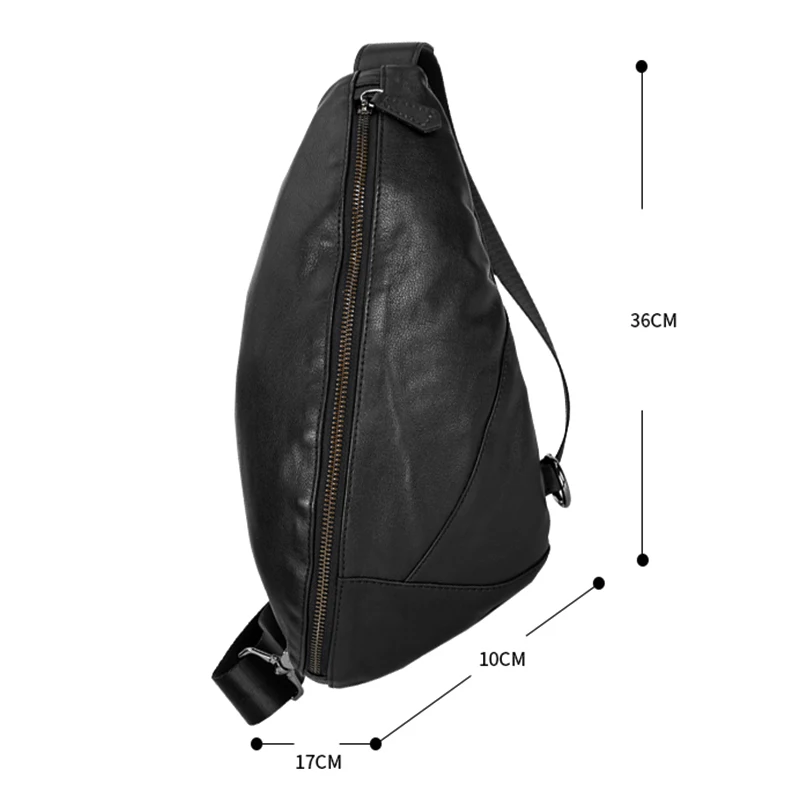
Maintaining and Upgrading Your Backpack for Better Posture
A quality backpack isn’t just a one-time investment—its posture-supporting properties need regular maintenance to remain effective over time:
Regular maintenance checklist:
– Check strap padding for compression or breakdown
– Inspect seams and stress points for signs of failure
– Clean according to material-specific guidelines
– Reinforce areas showing early wear
– Test all buckles and fasteners for secure function
When to replace components:
High-quality backpacks often allow for component replacement rather than full replacement. Consider replacing:
– Shoulder straps when padding no longer rebounds
– Hip belts that have lost their structure
– Back panels with compressed or shifted padding
– Buckles and fasteners that don’t secure reliably
Signs your backpack no longer provides adequate support:
– You find yourself constantly readjusting the straps
– The backpack sits unevenly or sags significantly
– You experience pain or discomfort even with light loads
– The pack no longer sits close to your back
– The frame is visibly bent or misshapen
For those using technology daily, 15-inch leather laptop backpacks combine dedicated tech protection with ergonomic design features that help maintain proper spinal alignment throughout your workday.
Frequently Asked Questions About Backpacks and Posture
Is it ever acceptable to wear my backpack on one shoulder?
While occasionally carrying a very light load on one shoulder for brief periods won’t cause lasting damage, regularly using only one strap creates muscle imbalances and spinal stress. Even for short distances, wearing both straps is always the healthier choice for your posture.
Are more expensive backpacks always better for posture?
Not necessarily. While quality materials and construction often come with higher prices, the ergonomic value depends on specific design features rather than cost alone. An affordable backpack with proper padding, adjustable straps, and a hip belt may support posture better than an expensive bag lacking these features.
How quickly can my posture improve after switching to a better backpack?
Most people notice immediate comfort improvements after switching to an ergonomic backpack. However, if you’ve developed postural adaptations from years of poor backpack habits, complete correction may take 3-6 months of consistent proper use combined with posture-strengthening exercises.
Do lighter backpacks always mean better posture?
While minimizing weight is important, an ultralight backpack without proper support features may actually worsen posture compared to a slightly heavier pack with good ergonomic design. The distribution of weight matters more than the total weight alone.
Are there exercises to counteract backpack strain?
Yes! Regular strengthening of upper back muscles (rows, reverse flies), chest stretching, and core stabilization exercises help counterbalance the effects of backpack use. Daily practice of “chin tucks” can help correct forward head posture, while regular shoulder blade squeezes help maintain proper upper back positioning.
By following the guidelines in this comprehensive guide, you can make informed choices about backpack selection and use that will support your spinal health for years to come. Remember that investing in proper backpack ergonomics is an investment in your long-term well-being.

